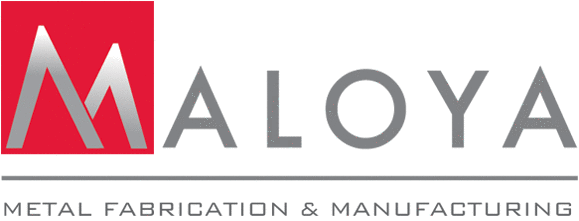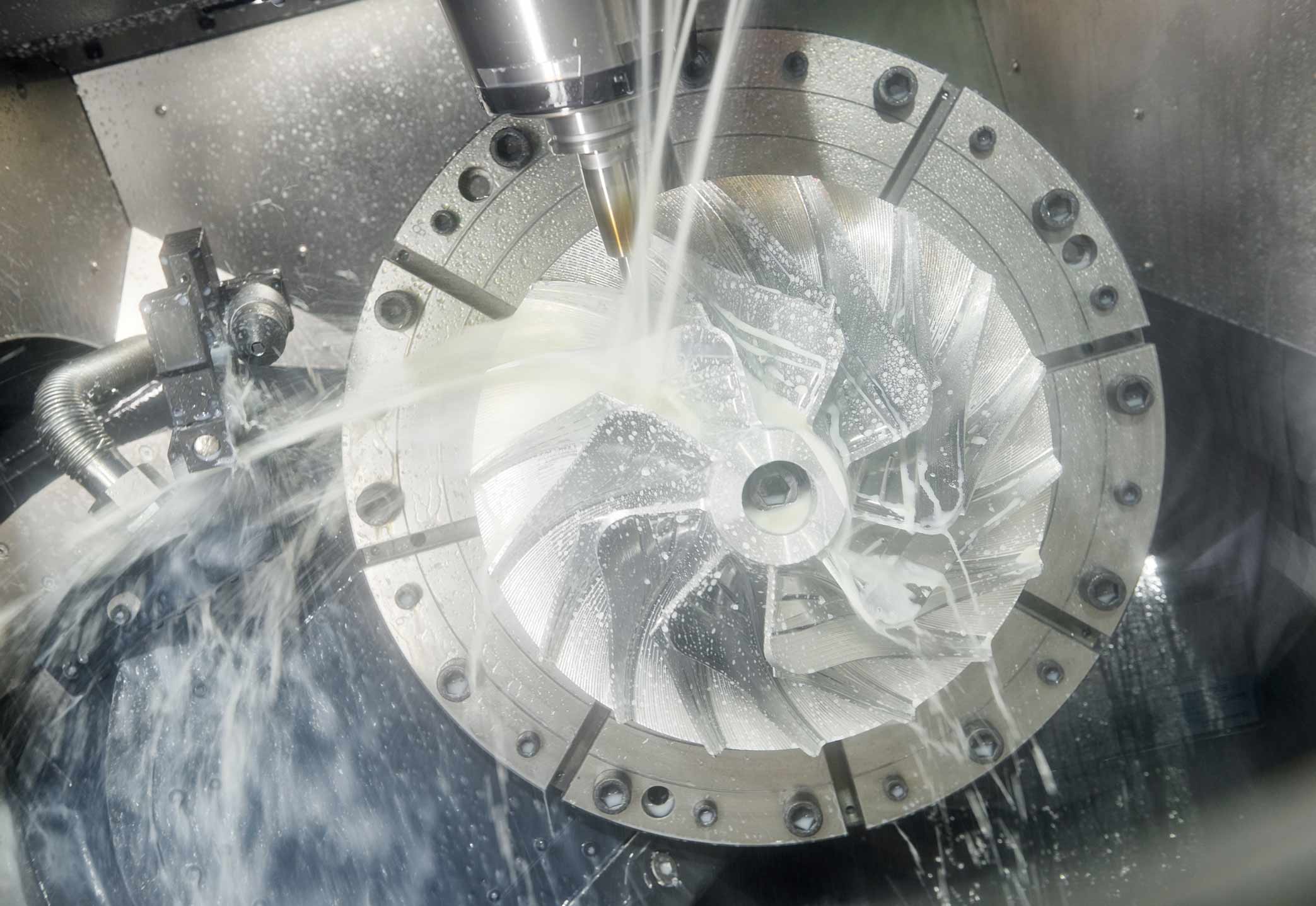Design Basics for CNC Machining
At the start of any project, an engineer designs a CNC-compatible CAD model, which is then converted into a CNC program.
But CNC machining comes with certain design restrictions, and it’s important to understand those limitations before designing a project.
Basic Definition of CNC Machining
CNC machining is a digital technology that uses computer-aided design (CAD) to manufacture a wide variety of part types.
It is distinct from additive or formative technologies like 3D and injection molding in that it uses material removal methods to fashion the final product.
What Designs Are Best For CNC Machining?
As an engineer designs a job, it’s important to understand which types of projects best lend themselves to this technology.
CNC machining is an excellent choice for designs that:
- Are conducive to metal.
- Are relatively simple in terms of geometries.
- Require a high level of dimensional accuracy.
Economies of Scale and Geometries
Start-up costs are significant, so CNC machining is ideal for small-to-medium volume projects. The initial cost is fixed and can be spread over multiple part productions so designers then can take advantage of economies of scale that aren’t available with technologies like 3D design.
Because CNC machining is ideal for designing parts with a simple geometry, designers should remember that costs can escalate quickly for designs with more complex geometries.
Feasibility Considerations
Finally, there are feasibility aspects to consider when designing a CNC project.
For example, if a part involves tall features prone to vibrations, CNC machining is not an ideal choice. Depth restrictions also apply, so cavity and pocket elements are a consideration.
Engineers also should bear in mind that for internal vertical edges, the larger the fillet the better. Additionally, limitations apply in terms of hole diameter and depth, and micro-machining elements should be avoided when designing for a CNC project.
In the case of undercuts, engineers should consider dimension heavily since it’s recommended that parts are designed with widths in whole millimeter increments (or standard inch fractions).
A final example of a CNC machining feasibility recommendation is that unilateral, bilateral interference or geometric tolerances should be designed on all critical features.
CNC Machining Experts
If your project is ideal for CNC machining, we invite you to visit Maloya Metal Fabrication & Manufacturing here to learn more about how our dedication to excellence can benefit you.
We’re proudly ISO 9000 certified and maintain ongoing Kaizen training programs for all employees.
We have quality-control mechanisms in place during every phase of a project and use market-leading MieTrack production planning software to deliver high-quality, defect-free products on time and within budget.



.png?width=80&name=Untitled%20design%20(37).png)






